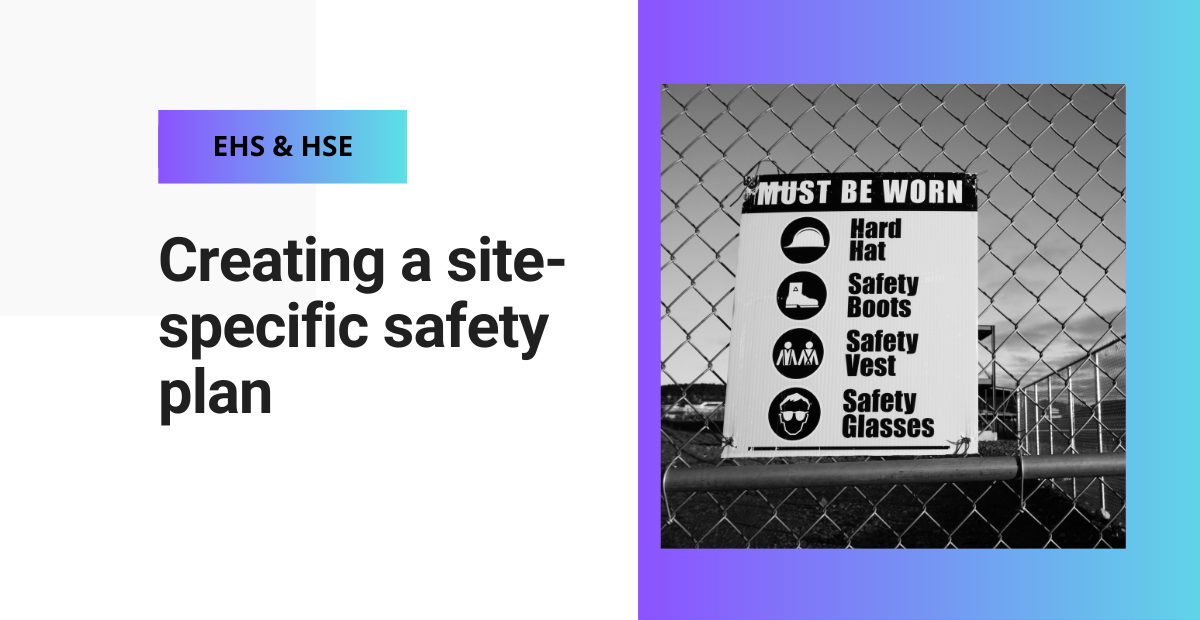Creating a site-specific safety plan is an essential step for any workplace. By following these tips, you can create an effective plan that will help reduce risks and increase safety for all employees. Ultimately, a well-crafted safety plan can help create a culture of safety that will benefit everyone.
When creating a site-specific safety plan, some of the most common pitfalls to watch out for include not properly identifying potential hazards, setting unrealistic goals, failing to document safety protocols, insufficient employee training, and inadequate monitoring. To ensure an effective safety plan, it’s important to identify and address these potential pitfalls, which are crucial for a strong site safety plan.
Free form!
Use this template to complete a thorough job hazard analysis and customize it for a more resourceful plan, ensuring it remains specific to each site’s safety requirements. Thus, it highlights the necessity of a plan that is specific in nature to the site.
Identify hazards and set goals in your site-specific safety plan
First and foremost, it’s important to identify any potential hazards at the work site. A good safety plan should include not only an assessment of the physical environment but also any potential human or equipment hazards, making it work-specific as well. Thus, crafting a site-specific safety plan involves thorough hazard identification.
Setting achievable goals for safety is essential in creating and implementing a successful safety plan. By setting goals, you can measure progress and ensure that the plan is effective in reducing risks. Hence, goal setting plays a crucial role in a site-specific safety framework.
Document processes and train employees
Documenting processes is key to successful safety plans. By making sure all safety protocols are documented, you can ensure that everyone on site is following the same standards and procedures. This also allows you to review and adjust the plan if necessary to maintain specificity to the site. It’s essential to keep the documentation aligned with your site-specific plan for safety.
Employee training is a key component of any safety plan. It’s important to ensure that everyone on site is knowledgeable about all safety protocols and procedures. Training should include both theory-based education as well as hands-on training. This practical approach ensures the site-specific elements are well understood by employees.
Monitor performance over time
Monitoring performance is essential for successful site-specific safety plan. By tracking safety-related incidents, you can identify potential weak spots in the plan and adjust accordingly. In doing so, it helps in refining the site-specific plan continually.
Ensuring that all aspects of a safety plan are properly addressed is essential for creating a safe work environment. By following the tips outlined above, you can create an effective plan that will reduce risks and increase safety. With the right preparation, you can create a safe and successful workplace for all, focusing on the site-specific requirements that each site may demand.





